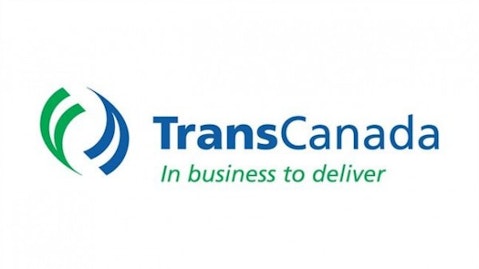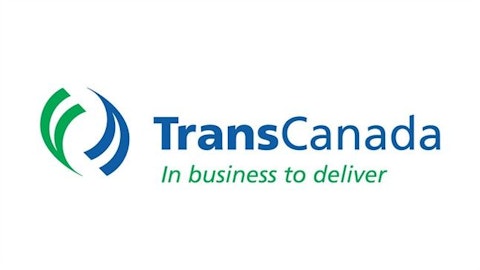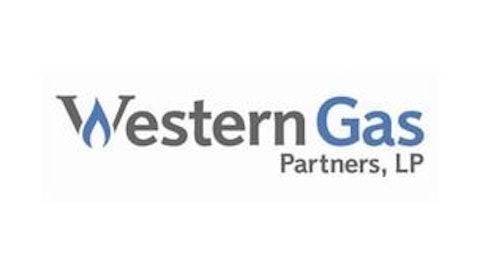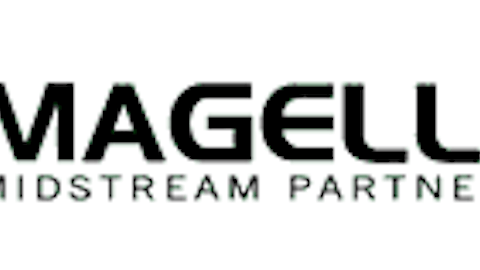By now, you have probably heard about TransCanada Corporation (USA) (NYSE:TRP)‘s Keystone XL pipeline. For even the most casual observer of the energy industry, this project has been the spark that has ignited poltical debates ranging from environmental hazards, emission of greenhouse gasses, and North American energy independence. In last Tuesday’s speech on climate change, President Barack Obama made a point to address the fate of the Keystone XL: “Allowing the Keystone XL pipeline to be built requires a finding [from the Department of State] that doing so will be in our nations interest…”.
There are clear environmental concerns that several people have regarding the construction of this pipeline, but the story is so much more than that. To help better understand the entire story of the Keystone XL pipeline, we at the Motley Fool want to give investors a better look at what the Keystone XL means for all parties involved. In this part of a series, we will take a look at what the approval or rejection of the pipeline will mean for midstream companies in the U.S. and Canada.
Who will feel an effect?
There are two ways to look at competing pipeline companies: there are the companies that are already transporting heavy oil to the U.S., and there are the companies looking at constructing or expanding pipelines for heavy oils.
Existing pipelines

In total, the current capacity for oil pipelines delivering all types of crude to the U.S. is about 3.4 million barrels per day. These pipelines are all operated by four companies.
| Pipeline | Owner/Operator | Capacity | Destination |
| Express-Platte | Spectra Energy Corp. (NYSE:SE) | 280,000 bpd | Wood River, Ill. |
| Keystone | TransCanada Corporation (USA) (NYSE:TRP) | 590,000 bpd | Cushing, Okla. |
| Enbridge Inc (USA) (NYSE:ENB) and Lakehead System | Enbridge Inc (USA) (NYSE:ENB) and Enbridge Energy Partners | 2.5 million bpd | Multiple, but 190,000 bpd to Cushing, Okla. |
For the existing Canada-U.S. pipelines, there is probably little to no effect whether the pipeline gets built or not. The capacity for these pipelines is already contracted out, and a majority of the oil from these pipelines goes to either the Midwest or Rocky Mountain regions.
What is of probably greater concern is any proposed additional pipeline or expansion project that are in the works. Enbridge is in the process of expanding its mainline capacity through three separate projects: Alberta Clipper, Flanagan South, and Seaway.
| Enbridge Pipeline Projects | Capacity | Origin to Destination |
| Alberta Clipper | 400,000 bpd expansion of existing infrastructure | Hardisty, Alberta to Superior, Wis. |
| Flanagan South | 600,000 bpd | Flanagan, Ill. to Cushing, Okla. |
| Seaway (joint venture with Enterprise Products Partners L.P. (NYSE:EPD) | 850,000 | Cushing, Okla. to Houston |
Since this project is broken up into three separate pieces, the only one that is at risk is the Alberta Clipper project because it crosses the U.S.-Canada border and is therefore subject to approval from the U.S. State Department. Flanagan South is about to start construction, and the Seaway pipeline has already started limited flows to the Gulf Coast. With large amounts of crude coming into Cushing, it’s hard to believe that Enbridge and Enterprise Products Partners will struggle to contract out the entire seaway pipeline regardless if the Alberta Clipper project gets approved or not.





